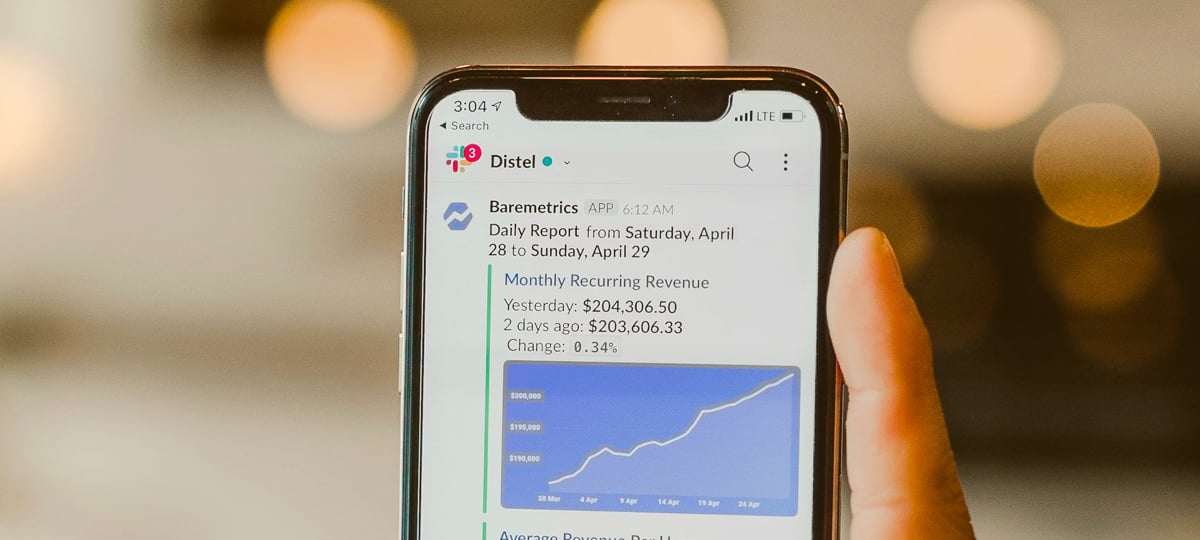
When the first Raspberry Pi was released in 2012, it was meant to help teach basic computer science in schools and in developing countries. But people quickly understood you could use the small, single-board computers for much more than teaching computer science.
Its size and low power consumption made it perfect for situations where you couldn't use a PC. Inside robotics, for example, or for security webcams or as a server without special heating.
Its cheap price point also made it a great piece of hardware for those who wanted to get into programming without having to occupy the main PC or laptop. All you needed were hardware peripherals (a screen, keyboard, and a mouse) and you could do some basic programming.
Each successive iteration of the Raspberry Pi was more powerful than the previous one. In June 2019, long before its expected 2020 release date, the Raspberry Pi foundation launched the Raspberry Pi 4. It's significantly faster than the 3.
Firstly, its CPU is much improved. Whereas the RasPi 3 ran on a quad-core Cortex A53, the RasPi 4 is equipped with the much more powerful quad-core Cortex A72. Secondly, you now have the option to equip your RasPi 4 with 1 GB ($35), 2 GB ($45), and even 4 GB ($55) of RAM. Previously, you were limited to 500 MB or 1 GB.
Additionally, the RasPi 4 now has two micro-HDMI ports that support 4K displays, a USB-C port for powering the device (instead of a micro-USB), a Gigabit Ethernet port, and two USB 3.0 ports.
All this makes the RasPi 4 a much-improved version over the RasPi 3. Everyone's excited about it, including Kasper Myram, X-Team's in-house minicomputer expert and ham radio enthusiast.
Kasper, thank you for taking the time. You seemed excited about the release of the RasPi 4. Can you tell me a bit more about your experience with single-board computers?
I got my first Raspberry Pi back in 2013, one of the very first, but it took me a long time to figure out what to do with it. Although I like to experiment, I just didn’t have any pressing experiments initially, so it collected dust for a while. It wasn’t very quick and it didn’t have a lot of memory, so it wasn't really something that could replace a little server. But eventually, I started using it as a DigiPeater/i-Gate (re-transmitting positioning beacons on APRS and sending those beacons over the net).


Then, in January 2016, a project popped up on Kickstarter called Pine64. It promised a faster CPU and more RAM, but without being much more expensive than a RasPi. I supported the Kickstarter and got the board in August 2016. This device could run both a web server and a slimmed down MySQL, so I had a little home development server going.
So I finally had something with enough horsepower to act as a classic server… well, almost 🙂! It ran, so that was nice, but as soon as I put a little load on it, it became slow as molasses. The compromise was to run the web server on the Pine64 and the MySQL on a QNAP NAS server. The NAS also served files, so I could run a small microSD card.

With the success of the APRS server, I was looking for other things to run on a Raspberry Pi. I came across DV4mini (I’m a radio amateur, so the DV4mini was a well-known solution in my circles 🙂), which is essentially a small transceiver on a USB-stick that you plug into a RasPi 3 (previous versions are too slow). You then run the control software from the RasPi.

The DV4mini provides an internet gateway for different types of digital radio networks run by and for radio amateurs. It makes it possible for me, who lives in Sweden, to keep in touch with my amateur radio friends from Denmark. I still use a radio, but it is “gated” over the internet to the network-attached radios in Denmark.
We use these internet gateways to “extend” the range of the radios. It works very well. I have my small hotspot and I connect that to a geographically limited network of repeaters, so I can act as if I’m in the place. It works globally. I once brought the hotspot with me to Los Angeles and then I connected the hotspot to the Swedish network - and used my radio as if I was at home.
I’ve used this setup for a few years now, but the later versions of the software have higher CPU requirements, which means that the RasPi 3 is beginning to prove too slow. The RasPi 4 couldn’t come at a better time!
It's amazing what you can do with such a small piece of hardware. So it seems the Raspberry Pi is pretty important for radio enthusiasts?
Well, the last five to ten years, these so-called Software Defined Radios (SDR) have become much more widespread, both as receivers and transceivers. And they all need some kind of PC or computer as a controller… enter, RasPi!
This remote SDR, for example, built with the RasPi 3, has an enormous frequency range. People use it for many different things. I was thinking of getting one to directly download weather satellite pictures or to monitor air traffic (like my own Flightradar24) or for listening to DAB-radio or to monitor popular shortwave frequencies without using up a whole transceiver.
Another Raspberry Pi 3 I use to connect to a shortwave radio and for making digital transmissions. As the requirements are very modest and the connection from the radio emulates a soundcard, it’s very much plug and play. The RasPi is connected to a monitor, a keyboard, and a mouse. Most of the control is then done from the screen without me having to operate on the radio itself.
Why are you excited about the release of the Raspberry Pi 4?
With RasPi 4, it looks like I can finally have a fully fledged Linux desktop solution. Lightweight, of course, like a thick terminal connected to a (file)server for heavier duties. But the RasPi 4 seems closer to a desktop computer than to an experimental microprocessor-board.
The performance boost in the latest iteration is very promising! One RasPi 4 could possibly do the work of several 2's or even 3's. I was actually looking for a desktop computer to replace my current ThinkCentre PC from 2011, but the 4 GB RAM RasPi 4 looks like a much better solution. I have fileserver infrastructure already, so there shouldn't be any limitations for using the RasPi 4.
Apart from that, there are an unlimited number of ideas to build on a RasPi: your own Amazon Echo or even a smart mirror or a RaspBerry Kodi (open source home theater software). People even use RasPis for the cameras in amateur space rockets.
That's incredible. I bet even more possibilities will open up now that the RasPi 4 has had such a performance boost. Thanks a lot for your time, Kasper!
TABLE OF CONTENTS



